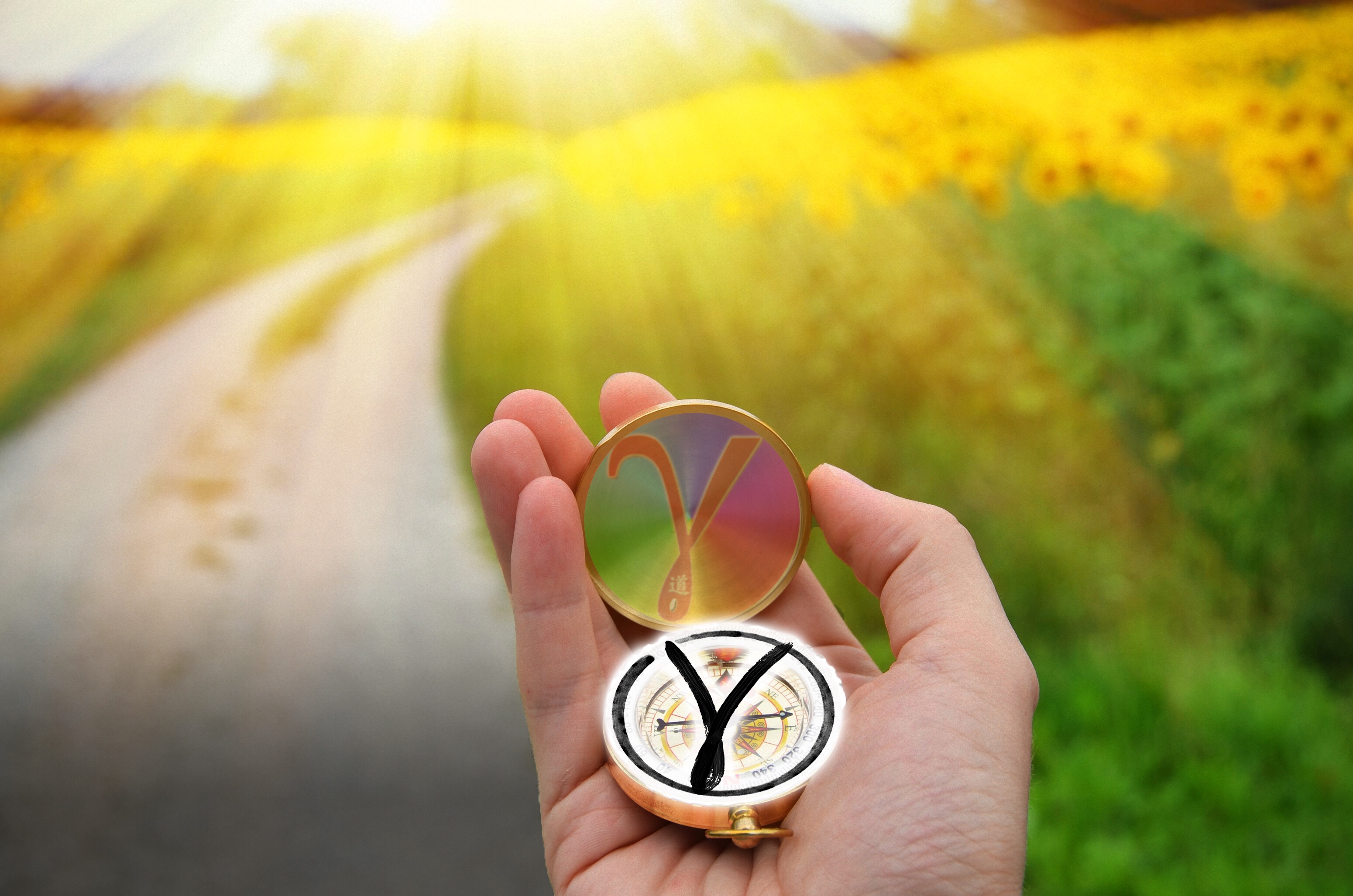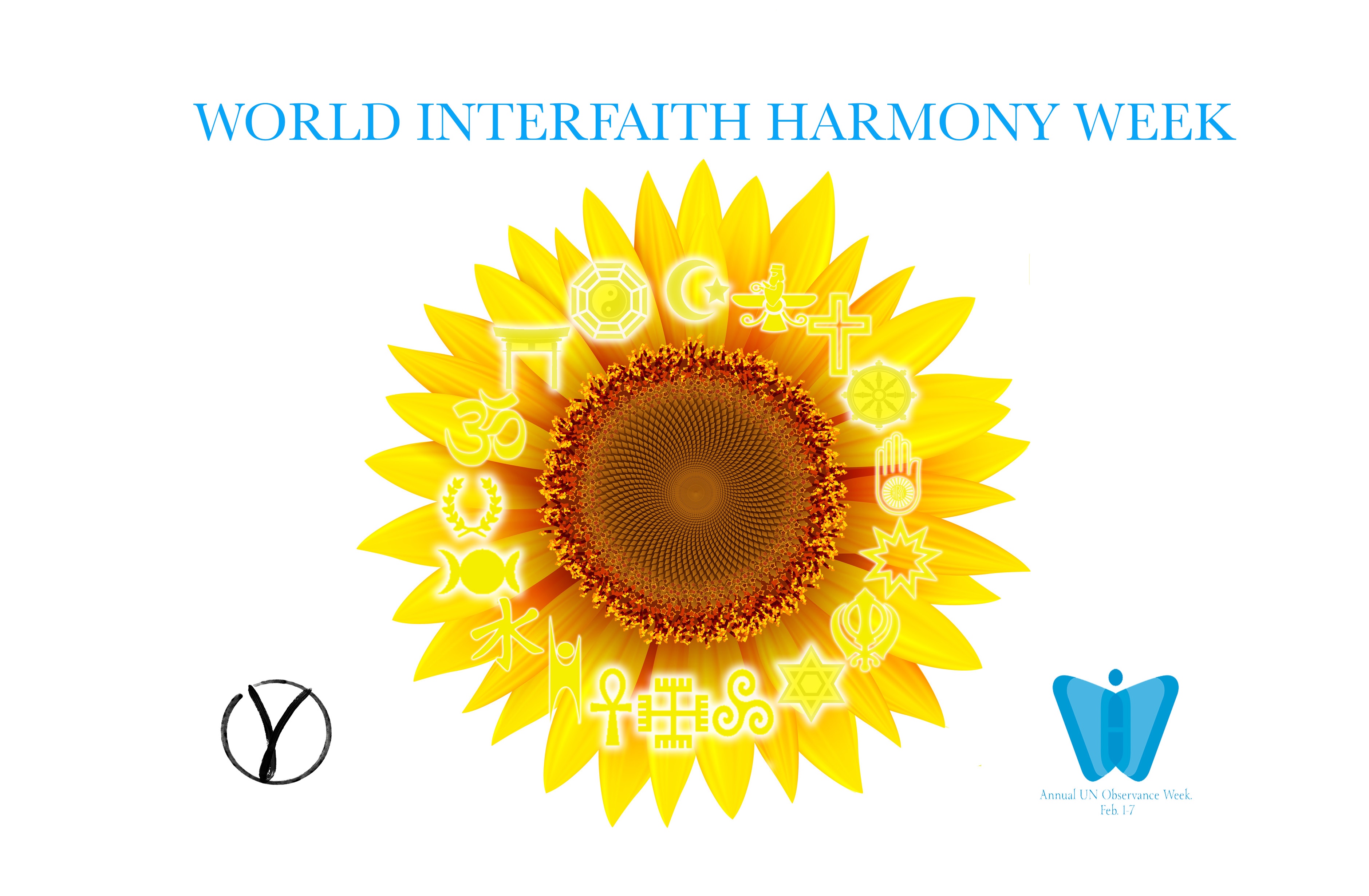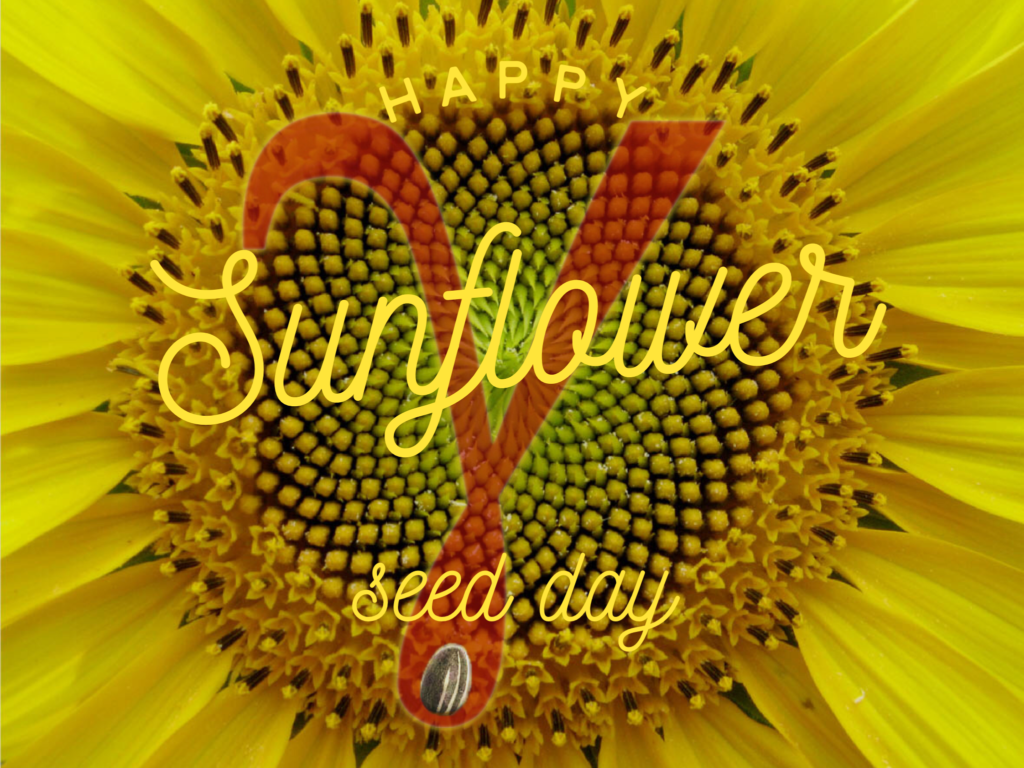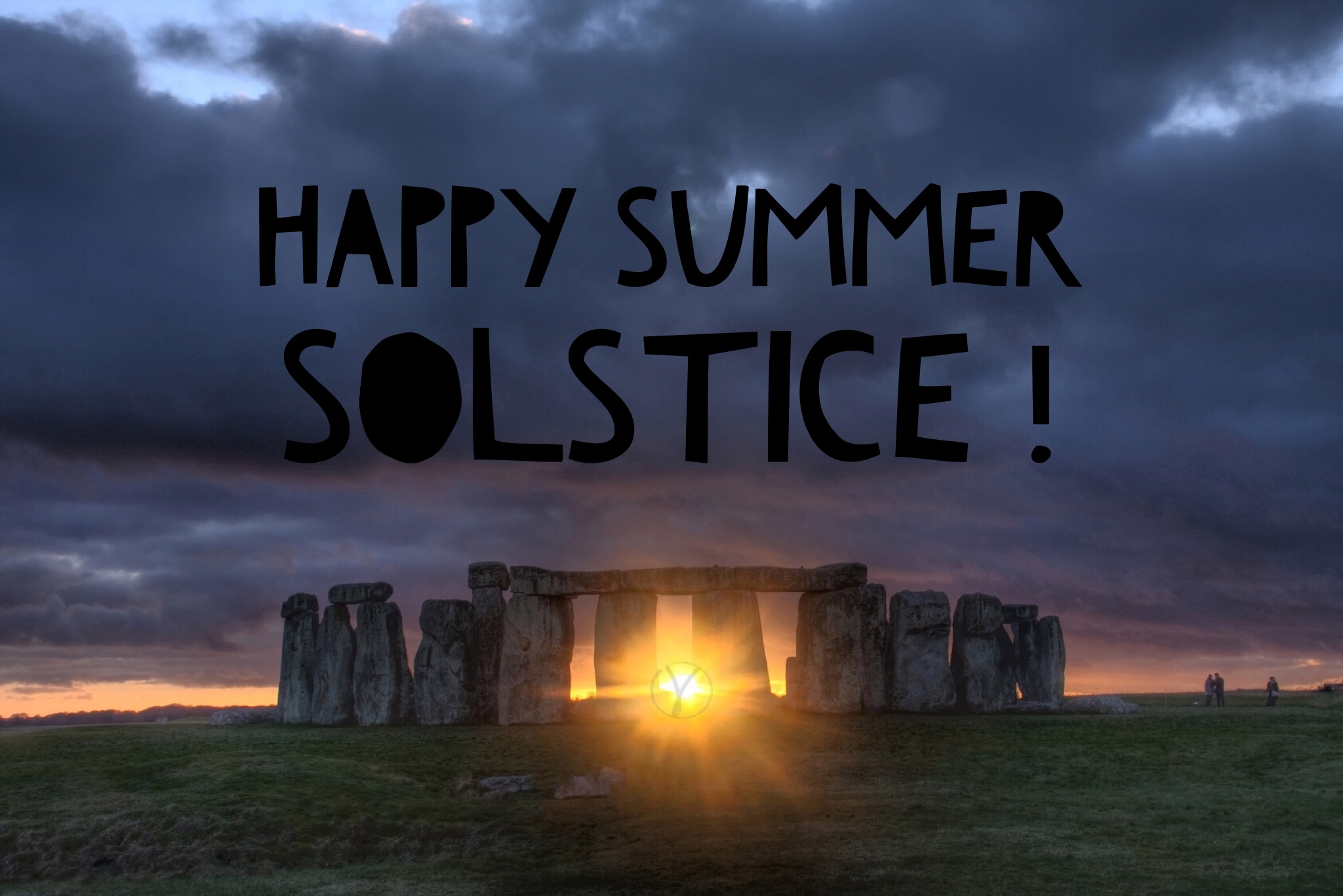
When there is talk about a moral compass, someone has probably lost his or her way. People wonder whether this person has a moral compass. But what exactly do they mean by that?
It is hard to find descriptions of a moral compass that is doing its job. What should the specs be? A moral compass is often described as an internalized set of ethical values that guide a person through life, quite similar to a person’s conscience. Such a description is still not very concrete.
The Gamma Tao seems to be an exception. It is one of only a few concrete examples I know of a working moral compass.
Religions and philosophies of life can feed a moral compass, but in general their scope goes far beyond concrete situations. It can be difficult to apply their teachings in real life situations. We may still need some practical guidance or a way to proceed. That is what a moral compass is supposed to do.
Conscience and moral compass
It is useful to make a distinction between our conscience and a moral compass. Our conscience is like a set of ethical emotions. Our conscience tells us how we feel about our actions. It is active in the present but also very much related to our past. We can have a good or bad conscience about our actions in the past.
A moral compass is something different. At least that is the way I see it. A moral compass is not a natural faculty of our mind. It seems to stand for a set of ethical values that we have acquired in our life.
Gamma Tao as moral compass
A compass shows our position in the present moment and indicates the best way to go from there. A moral compass should also be something we can use when we need to find our way
In the last five years the Gamma Tao has become my personal moral compass. It actually helps to guide my thoughts and actions. I am not a kind of person who spontaneously and by nature feels and does everything right. At times I need some correction in a better direction.
A compass with three poles
How does it work? The Gamma Tao has not two but three poles: a spiritual, an emotional and a rational pole. All these three poles attract me towards essential values and practices, indicating the need to use my spiritual, emotional and rational intelligence.
Blue spiritual pole
The blue spiritual pole above is the space for our intuition and creative talents. In many cases we may experience intuitions about the best way to go. Some people say that they always follow their intuition. This could very well be the right way to go, but this moral compass tells you to check the other poles as well.
Ethical decisions are seldom routine. Every situation is unique. We cannot take the same route every time. Often we also need our Golden Gift of creativity to find creative solutions to our problems.
The basic spiritual value of the Gamma Tao is gratitude. A basic value attracts our behavior in the right direction. We know that in many circumstances it is important to count our blessings first. In difficult situations gratitude can take the neutral value of acceptance. We have to accept what comes on our path with an open mind.
Red emotional pole
The red emotional pole to the right is the space for our feelings and emotions. Our emotions are important drivers of ethical values and behavior. We have to listen to our heart and try to do what feels good.
As the Golden Rule teaches us, we can use our own feelings to develop empathy and take into account the feelings of others. The basic emotional value of the Gamma Tao is compassion. Compassion can lead to positive action towards others. When this is difficult or unnecessary, we should at least avoid to do harm to others.
Green rational pole
The green rational pole is our thinking space. Our ratio is the essential regulator. We simply cannot allow ourselves to be carried away by emotions, even if we feel we are right. The intensity of our feelings can be either too strong or too weak. Emotions know no boundaries. Our ratio needs to regulate our emotions to some extent. This is also a constant theme in classical philosophy.
In this rational space we can take a step back and put all our intuitions and feelings into perspective. At the same time we can consider opinions of others, the norms and values of our communities and, last but not least, the possible consequences of our actions. We all know that what goes around comes around.
The Golden Mean or Golden Ratio leads to the basic rational value of the Gamma Tao: the just proportion. “Nothing in excess” (μηδὲν ἄγαν), as a famous inscription on temple of Apollo in Delphi teaches us.
The value of the just proportion should also be applied when we confront ourselves with bad habits or we face the natural environment.
Find the upward direction
According to the Gamma Tao the use of our ratio is the last step in the ethical decision making process, even though we may take various rounds of spiritual, emotional and rational intelligence before we make this final step.
From this point we need to try create a positive upward turn for the situation in which we find ourselves. The upward direction is always the right direction. That is direction indicated by the Gamma Tao.
Be aware that in many cases we have to overcome a bit of our ego to achieve this, as is also clearly indicated by the upward stroke of the γ breaking through the circle of our own mind into the world around us.
Benevolence
Unfortunately a compass like the Gamma Tao is not like a modern route planner. It will almost never get us exactly where we want to go. Life is not geography. It is much more complicated and dynamic. There are no guarantees in life.
If we use a moral compass in our life it shows that at least we have the intention to do what is best. It is an indication of our benevolence.
If we use our moral compass often enough we will eventually internalize its principals and practices. We will become better and better. We may even say: wiser and wiser.
A moral compass like the Gamma Tao can help you grow the seeds of your potential.
The more you practice, the more you will flourish.










